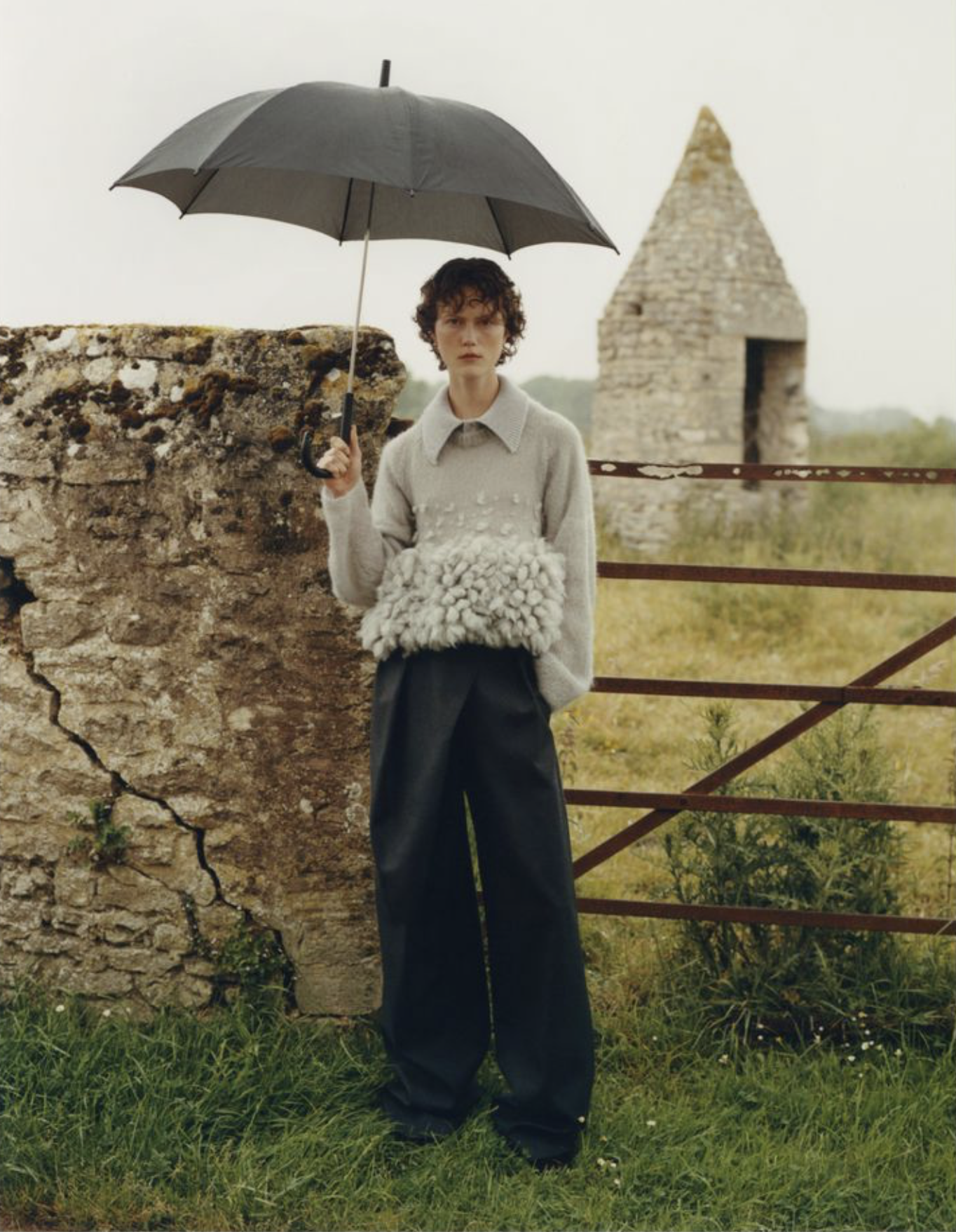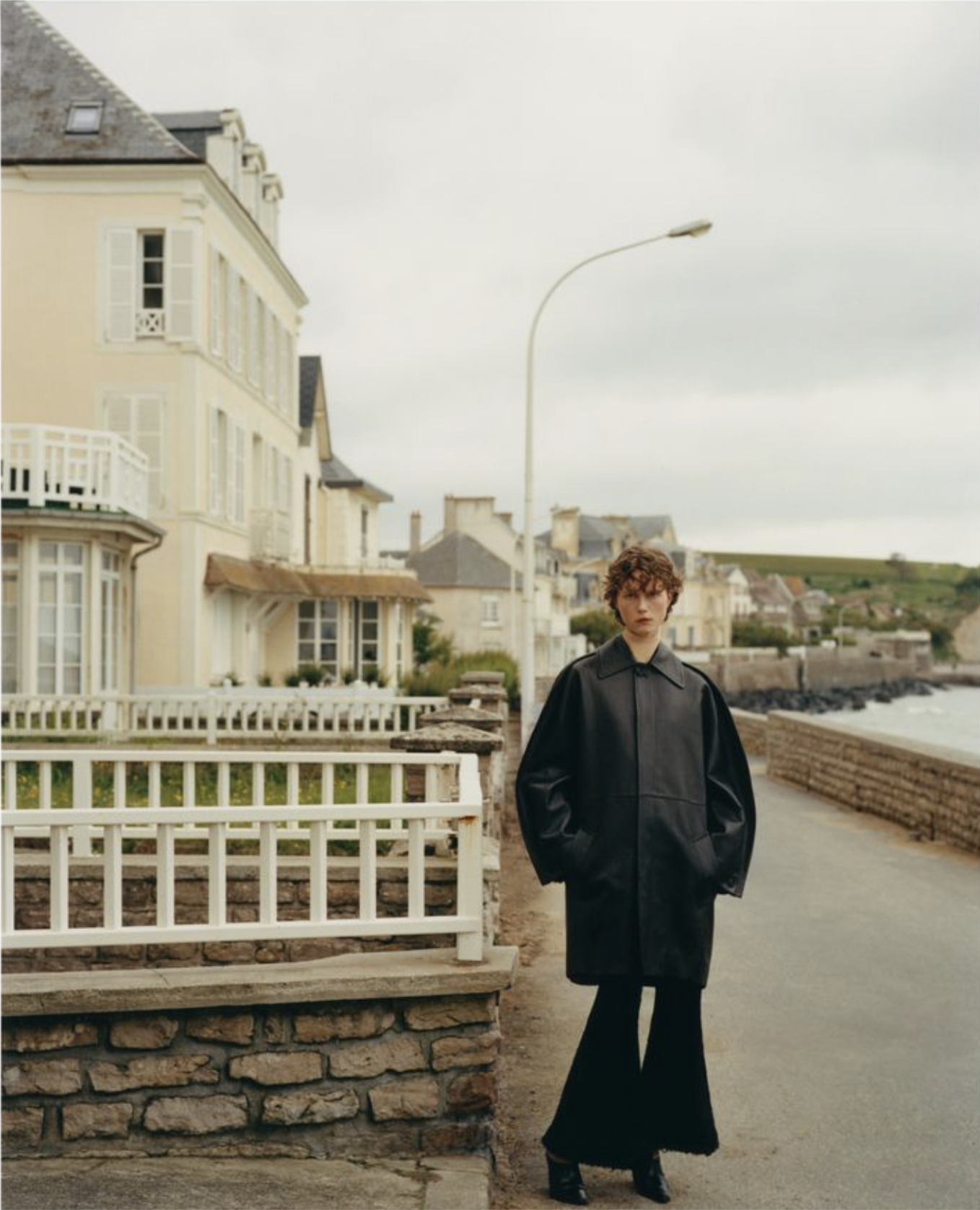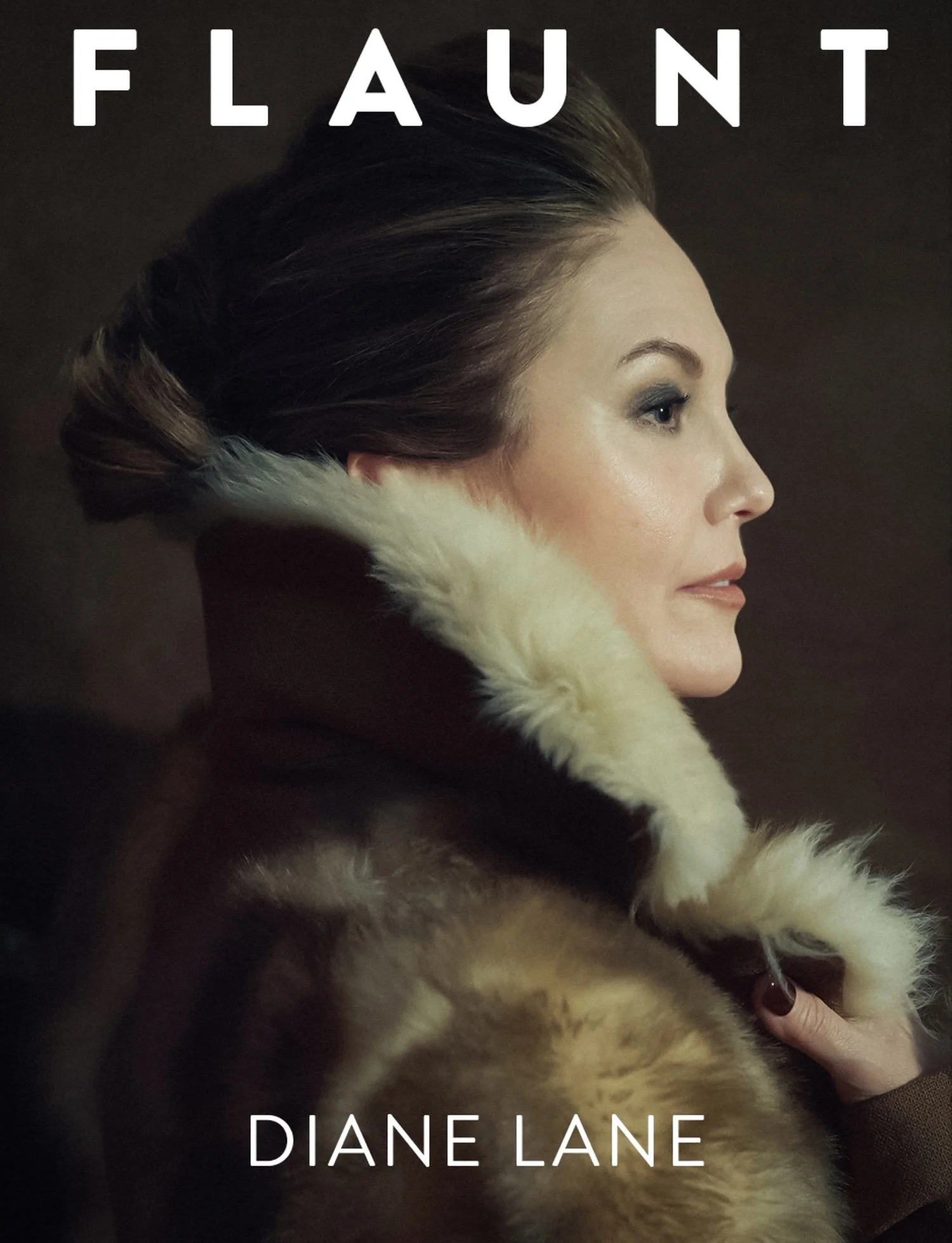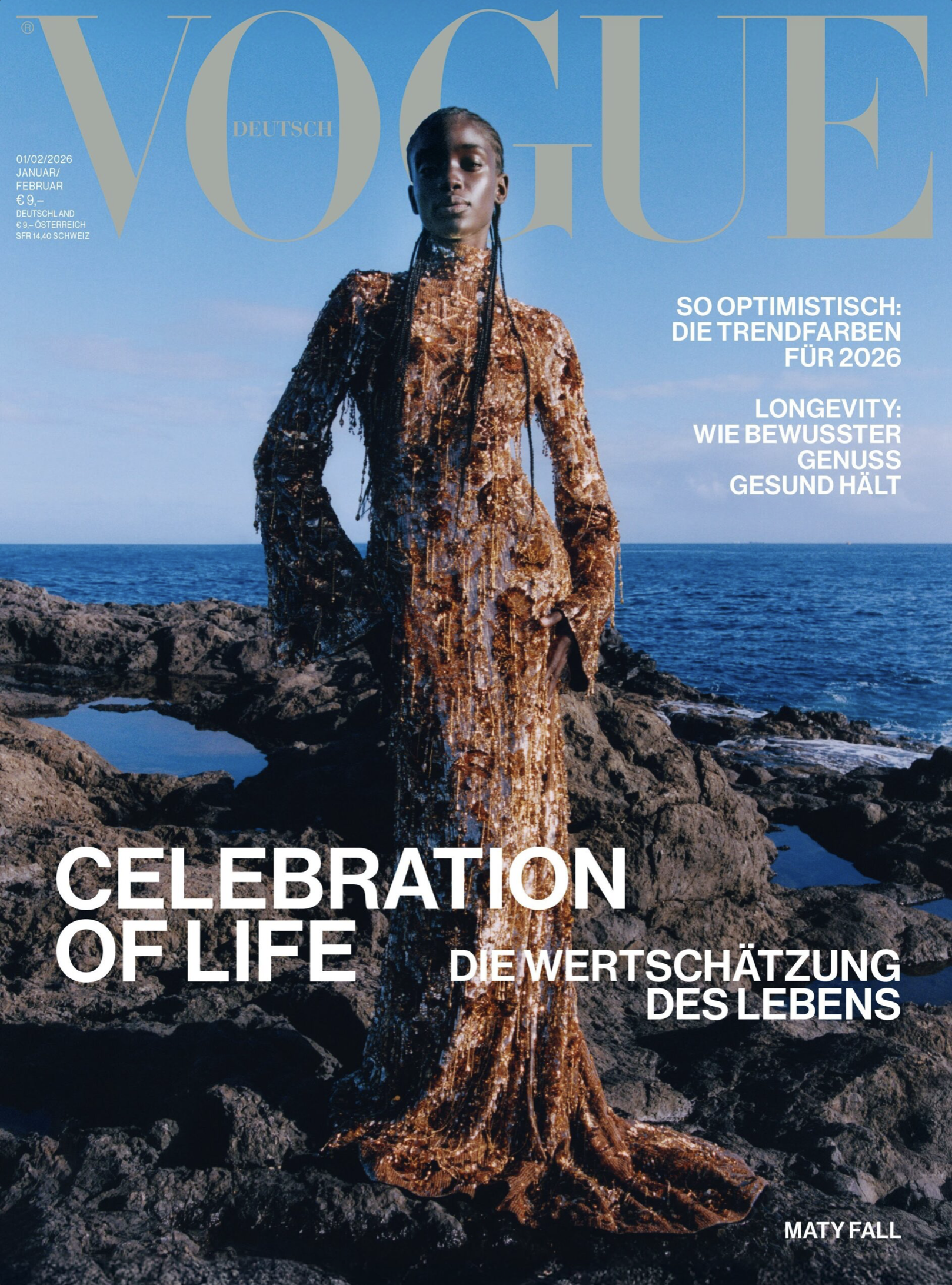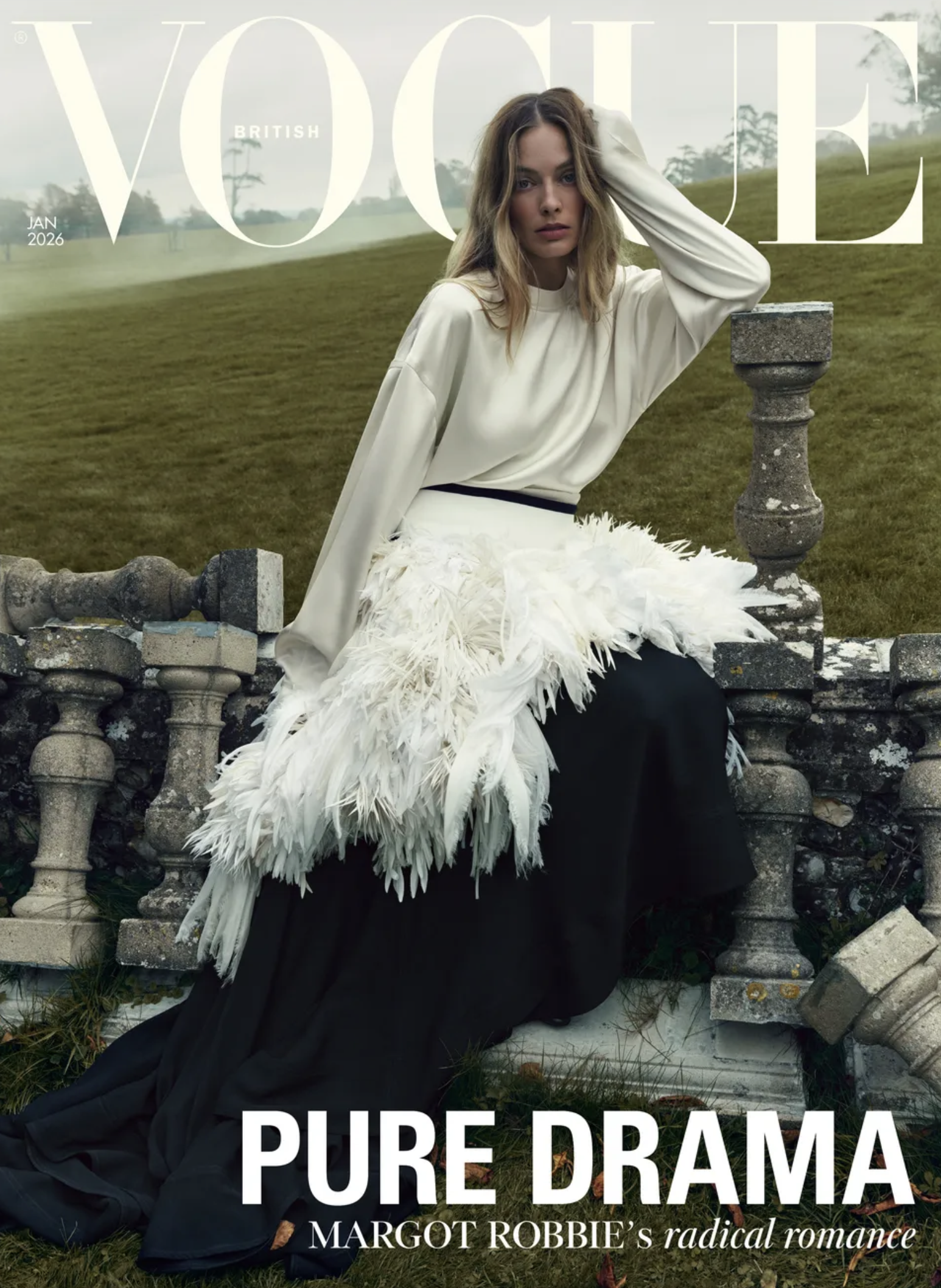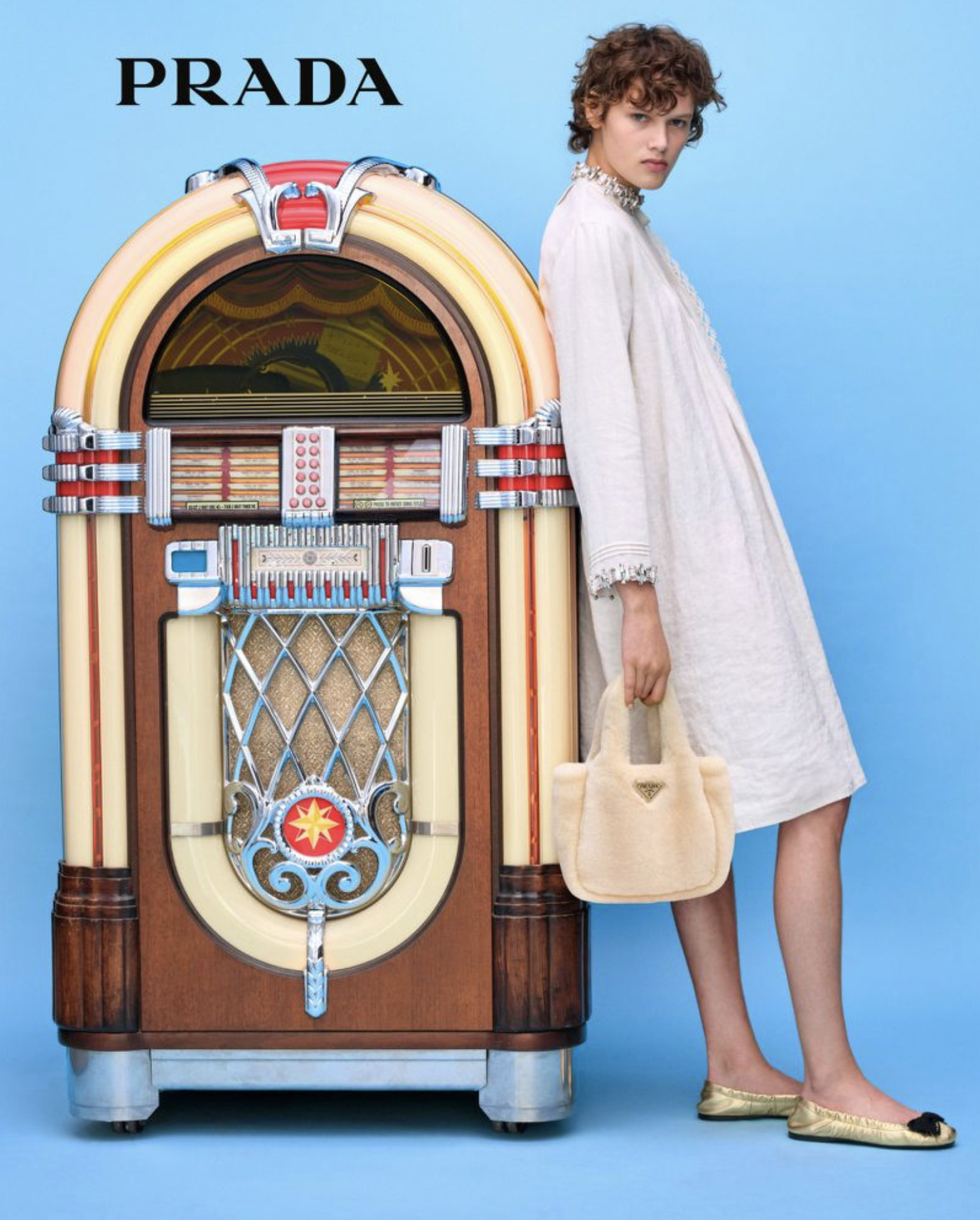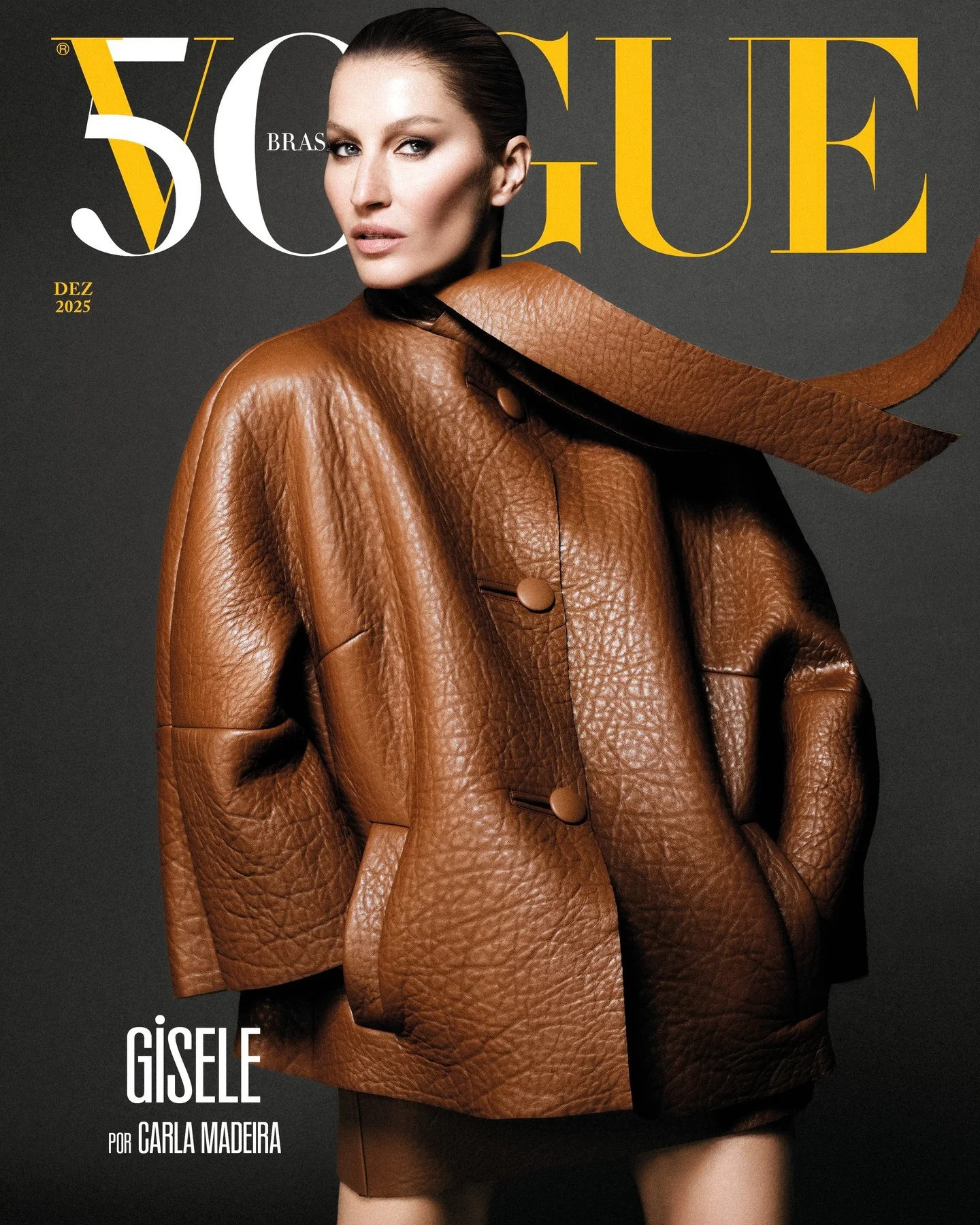Julie Hoomans in Normandy by Kulesza & Pik for Vogue Poland October 2024 Pt 1
/Dutch model Julie Hoomans covers the October 2024 issue of Vogue Poland [IG], dedicated to Heritage. In the editor’s letter, Vogue inquires about the history of brands and the impact of multiple creative directors impacting their DNA and value to investors but also customers.
Vogue Poland explores the discussion of what real luxury is today. Visually-speaking this cover story with Julie Hoomans probes the question in images by Kulesza & Pik [IG], shot in Normandy.
Julie Hoomans by Kulesza & Pik for Vogue Poland October 2024 in Normandy Pt 2 AOC Fashion
Kasia Mioduska styles the quiet luxury fashion story, which AOC has broken into two parts./ Hair by Tomoko Ohama; makeup by Yvane Rocher
Specifically, the term used by the photographers to discuss the location of this fashion shoot was ‘beloved Normandy’, prompting an AI visit to Anne’s trusted research assistant [no-longer Squarespace AI, which is now reduced to cheap marketing pudding.]
Vogue Poland probes the PRL era for design inspiration — prompting a separate query on post WWII Poland. The word ‘Heritage’ is processed through this lens.
AOC does share the research helping us understand the PRL era. As for ‘beloved Normandy’, the research response was way more than expected. We share it in Part 2 of the story.
The PRL Era in Poland
The PRL era in Poland, spanning from the post-World War II establishment of a socialist state under Soviet influence to the fall of communism in 1989, was marked by significant opposition and social movements that played crucial roles in shaping the nation's history.
Despite the pervasive censorship and state control of the media, literature, and arts, the Polish people demonstrated remarkable resilience in preserving and nurturing their cultural identity. The government sought to promote socialist realism in the arts, a style intended to glorify the communist ideology.
Despite the oppression, the idea of Polish independence was still alive in the nation and Poland continued to exist as a spiritual and cultural community resisting the state-sanctioned art of the period — called Socialist realism in Poland.
Many artists, writers, and musicians subtly resisted this through allegorical and metaphorical works, which often criticized the regime under the guise of conformity.
Theatre and cinema became vibrant realms for intellectual discourse and veiled dissent. Renowned filmmakers like Andrzej Wajda and Krzysztof Kieślowski gained international acclaim for their work, which often poignantly critiqued the socio-political system.
Literature thrived under similarly oppressive conditions, with underground, clandestine publications (samizdat) circulating extensively among the populace.
